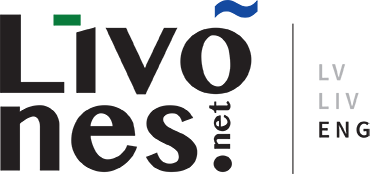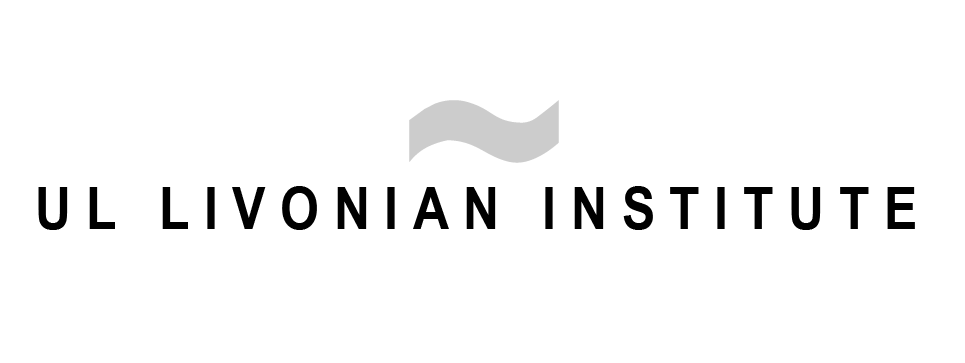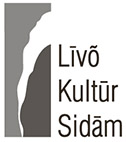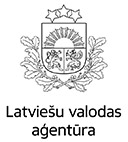Methods for Expanding Livonian lexicon
Valts Ernštreits, 2016.
This article explores opportunities for expanding the vocabulary of Livonian through compounds, borrowings, derived words, and calques. It is clear that these methods have been effectively used already throughout the entire period of development of the modern Livonian literary language and, therefore, specific traditions have evolved in forming neologisms in Livonian. So, in forming compounds, one has to pay special attention to whether the singular or plural form is used for each component, the historical genitive is used in select types of compounds, or one or both components must be declined. Borrowings in Livonian are largely connected with internationalisms borrowed through Latvian, but adapted to fit with the unique demands of Livonian pronunciation and morphology. Derivation using suffixes is quite productive, while derivation using prefixes is distinctly limited, despite views to the contrary which are sometimes encountered. Many new concepts have actively entered Livonian through the use of calques. Two major groups of calques can be distinguished, which are those formed based on Latvian and those formed based on Estonian. Word formation in Livonian is still a little studied topic where more in depth studies are needed; however, already existing research into the expansion of the Livonian lexicon ensures the existence of a rich source of material for future study in this area.
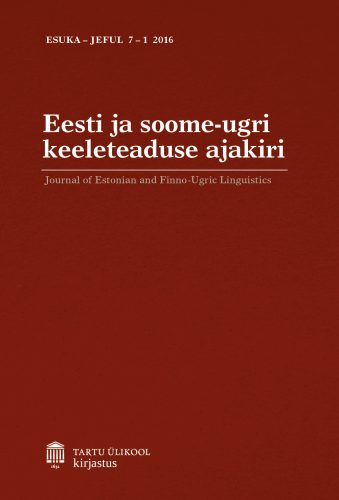
ESUKA / JEFUL. Special issue “Studies on Livonian II”. 2016.
Full article: Valts Ernštreits, Methods for expanding the Livonian lexicon [ESUKA – JEFUL 2016, 7–1]

